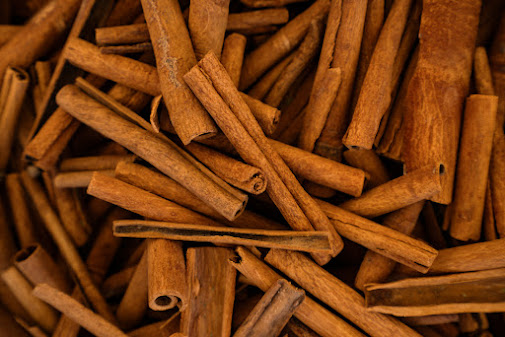Licorice Root in Traditional Chinese Medicine: Benefits and Uses
Licorice root, known as "Gan Cao" in Traditional Chinese Medicine (TCM), has been used for centuries as a valuable medicinal herb. Renowned for its sweet and soothing taste, licorice root plays a crucial role in TCM formulations and is considered one of the most commonly prescribed herbs. In this blog, we will explore the various benefits and uses of licorice root in Traditional Chinese Medicine.
Harmonizing Properties
Licorice root is frequently referred to in TCM as the "harmonizing herb" because of its exceptional capacity to balance the effects of other herbs in a formula. It is thought to lessen the potential negative effects of other herbs while simultaneously enhancing their efficacy. As a result, licorice root is widely used in TCM formulations to combine herbs in a harmonious and effective way.
Spleen and Stomach Tonic
The spleen and stomach meridians have a specific affinity for licorice root, according to TCM theory. This organ's tonification and strengthening are frequently utilized to maintain the body's total energy (Qi), encourage sound digestion, and support these organs.
Moistening and Lubricating
In TCM, licorice root is regarded as a plant that moistens and lubricates. It is frequently used to treat dryness-related conditions such as dry coughs, dry throats, and dry skin. The demulcent qualities of the herb aid in soothing irritability and provide relief to various mucous membranes.
Soothing Irritation and Inflammation
Licorice root is used in TCM to relieve inflammation and irritation in the respiratory, digestive, and urinary systems because of its anti-inflammatory and anti-allergic qualities. Herbal treatments for ailments like pneumonia, gastritis, and urinary tract infections typically contain it.
Adrenal Support
According to TCM, licorice root nourishes the adrenal glands and supports the body's capacity to cope with stress. It is frequently used in formulations intended to assist the body during periods of protracted stress and address adrenal exhaustion.
Antiviral and Antibacterial Properties


.jpg)
Comments
Post a Comment